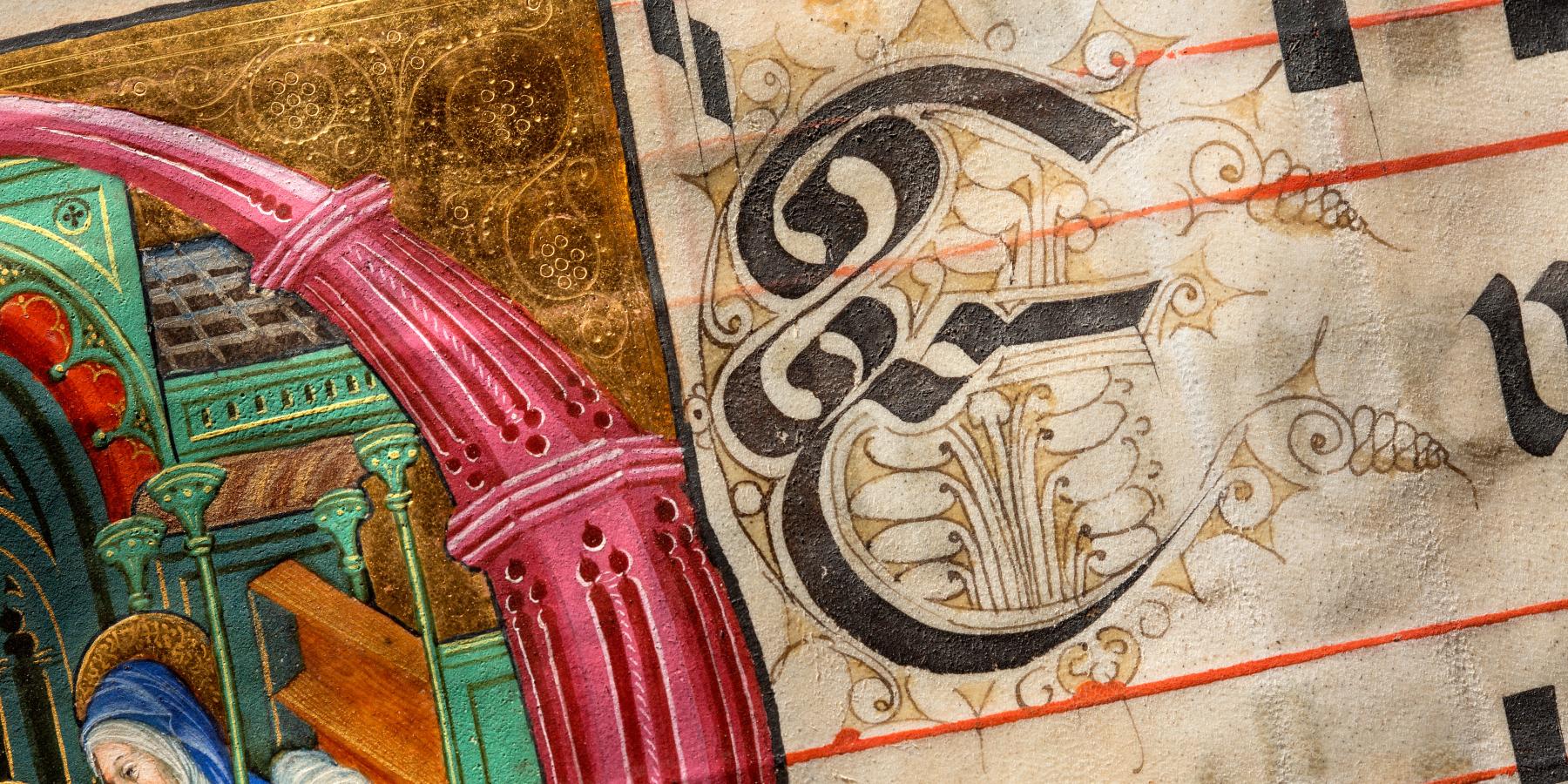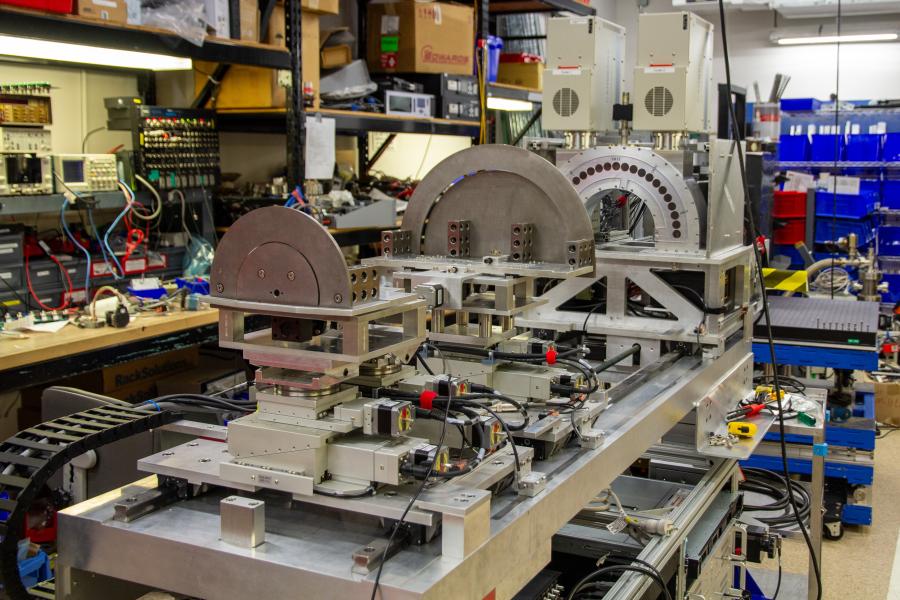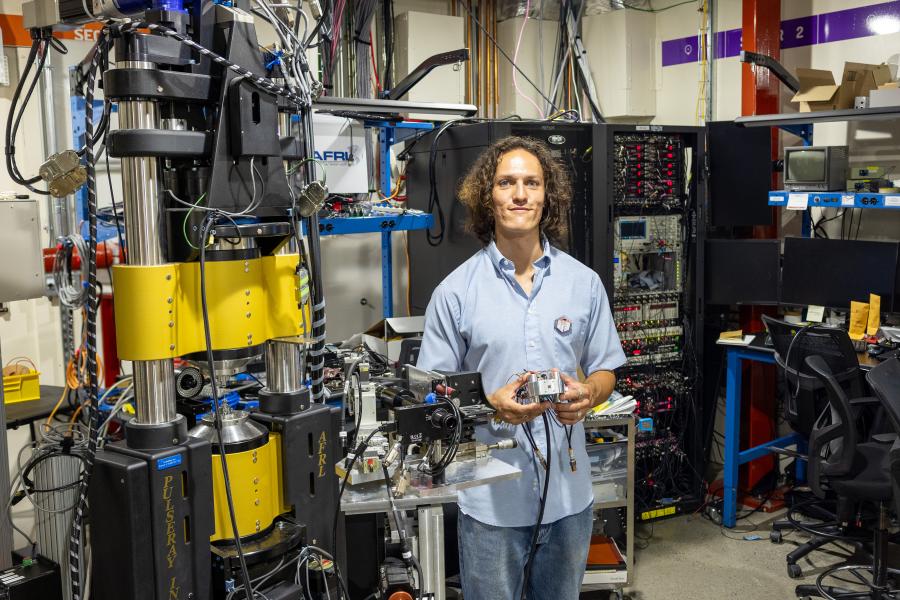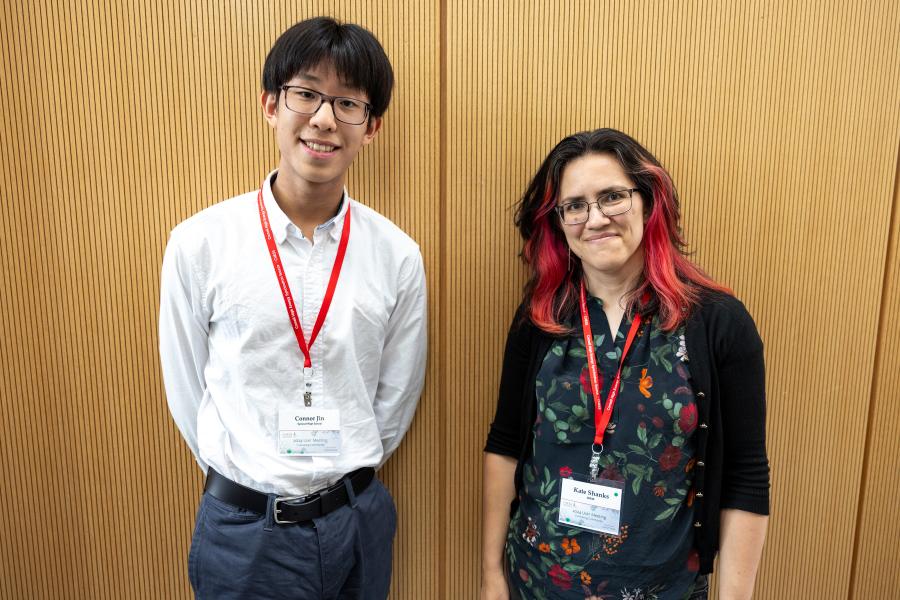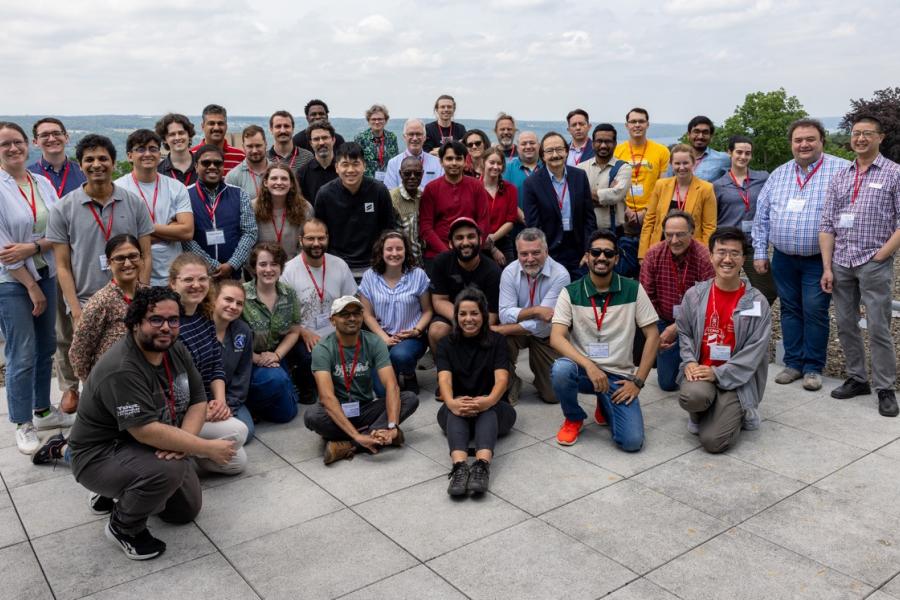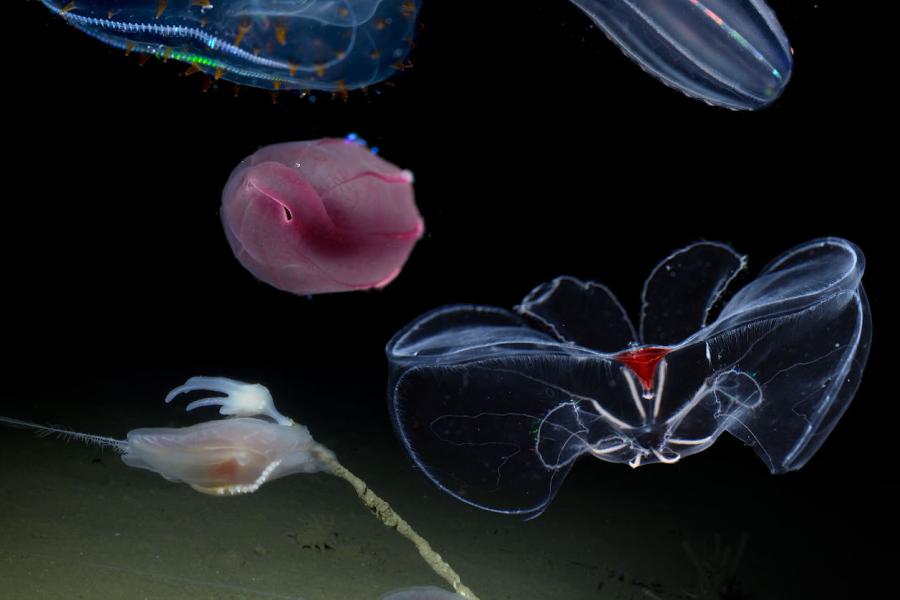Sidebar Menu (View Pages)
- Status
- ⌃ Science
- ⌃ Users
- ⌃ Facilities
- ⌃ Public
- Industry
- ⌃ About
Tags
Featured
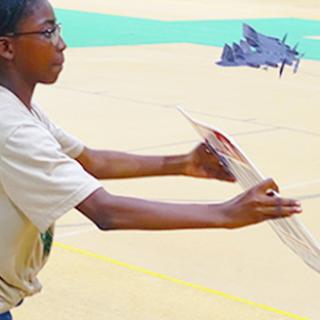
Undergraduate senior project takes flight
Cornell Mechanical & Aerospace Engineering student, Anton Volkmann, has sealed his place in the rich history of walkalong gliding.
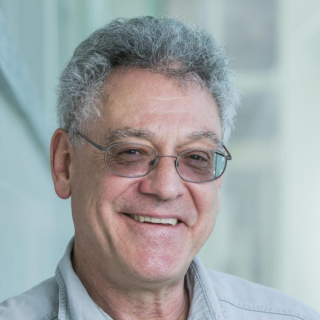
X-ray detector for studying characteristics of materials
Modern synchrotron x-ray sources, such as the Cornell High Energy Synchrotron (CHESS), produce x-ray beams with unprecedented capabilities.
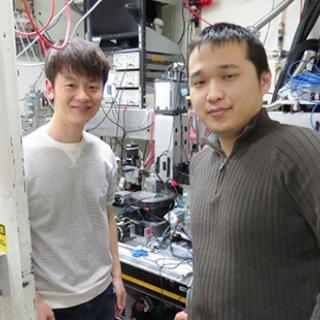
Visualization of sulfur cathodes in Li-S batteries
With the dramatic increase of energy applications, the development of novel high performance energy storage systems with energy densities surpassing those of state-of-the-art lithium ion batteries (“beyond lithium” ion batteries) has become more urgent.

Notes from the NSF INCLUDES Summit
For the past 20+ years, the National Science Foundation has been funding initiatives aimed at broadening the participation of underrepresented populations though the Broader Impact efforts supported by the various research divisions.
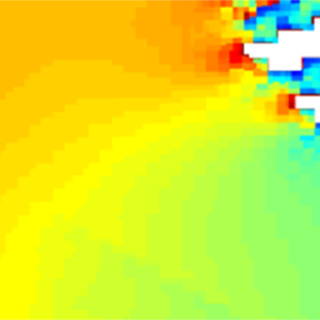
Understanding deformation in shape memory alloys using high-energy X-ray diffraction microscopy
Shape memory alloys (SMAs) are materials that can “remember” their original form after undergoing deformation. They also exhibit superelasticity (i.e. they have ability to recover unusually large strains).
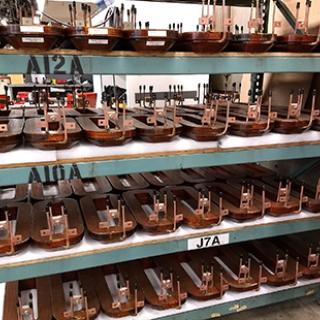
CHESS-U accelerator work update
Production of CESR accelerator components for CHESS-U is well underway.
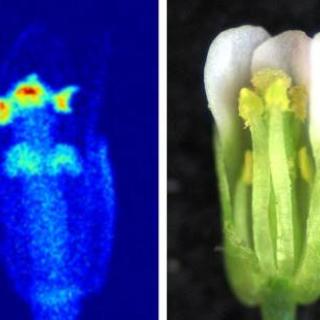
SXRF shows anthers have a craving for copper
Using micro-XRF imaging capability at F3 beamline, the research group led by Olena K. Vatamaniuk has linked the role of the micronutrient copper with pollen fertility and seed/grain yield.
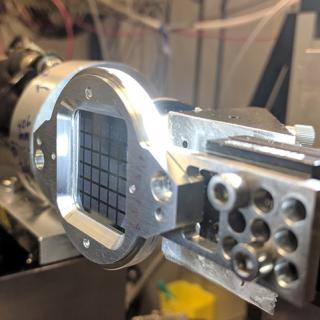
Serial microcrystallography at CHESS: Protein crystals on chips enable high throughput
The standard X-ray protein crystallography experiment requires a single protein crystal specimen that is large enough to collect a “complete” data set, that is, to collect all the available diffraction peaks to a given resolution.
